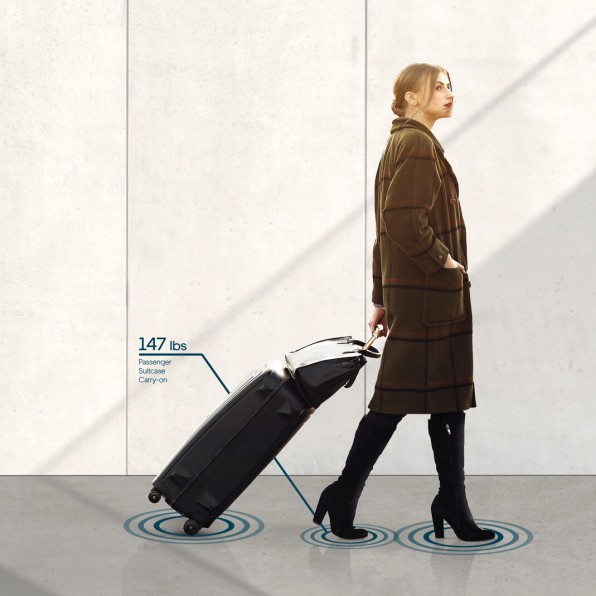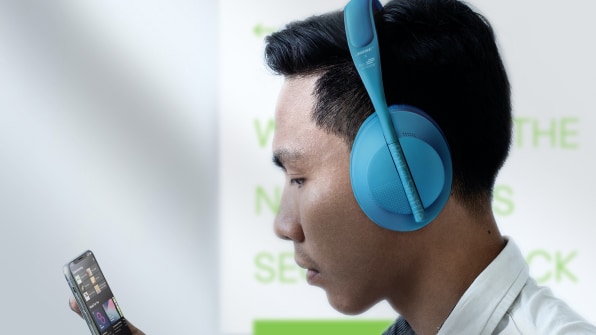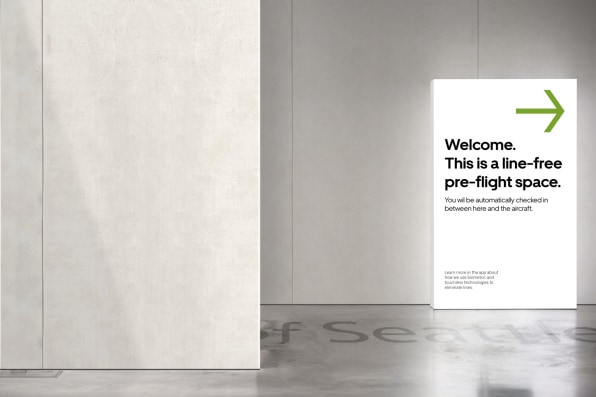The long term of urban air mobility is frequently represented in utopian visuals. A prosperity of fanciful renderings exhibit flying vehicles taking off and landing vertically from glittering vertiports. The people today in these portrayals stay in fantastical futures of higher-tech metropolitan areas, maneuvering ordeals that we’ve viewed only in science fiction films.
This is the shiny vision. But what about the daily reality of how we’ll definitely interact with these all-new cars and their supporting infrastructure?
Dependent on our structure explorations, we imagine that the initially traveling taxis getting into company in the upcoming three to 5 years will characteristic some surprising times for very first-time passengers. The to start with of these aerial cars will operate on limited, intracity routes with about 10 minutes of flight time, taking passengers involving a person area and a different by using the shortest attainable route.
This new variety of mobility will be quite different from what we have grown accustomed to with airliners, which is our current reference level. In their early iterations, these cars will run more like helicopters and glance like supersized drones, but there will be essential variations, which include distinctive preflight necessities, gestural interactions with machines, and opportunities to opt for how we get in between A and B primarily based on our personal values.
Right here are five of the most unexpected moments, together with some of the structure answers we’ll need to make them standard realities.
Stage on the scale just before traveling
Airports are a succession of lines, which can be dehumanizing. This is distinctive from community transit, the place the queuing for trains, subways, and buses tends to be much much less rigid. At least at 1st, in-city traveling taxi expert services won’t involve Transportation Protection Administration-design security checks. Nonetheless, they will demand passengers and their luggage to be weighed.
This isn’t about fees—it’s about security and performance. These are incredibly gentle aircraft, so recognizing what every passenger and their possessions weigh in advance will aid operators seat travellers in approaches that properly balance the plane for stage and efficient flight. But if applied badly, weighing travellers could be far more dehumanizing than prolonged strains, so this will demand some additional sensitivity.

The answer is coming up with distinctive abilities into vertiports so that checking in and weighing passengers (and their luggage) occurs with out at any time forming a line. These capabilities, enabled by computer vision programs and scales embedded in walkways, can be extended to equally airport and vertiport stability checks.
For travellers, the practical experience of relocating from the control, by means of the vertiport, and to a waiting aircraft is a line-free wander. Indeed, you’ll be stepping on a scale so that your body weight can be calculated—in quite a few destinations, actually—but it’ll be invisible to you and every person else.

Have on your headphones to tune in (vs . just tune out)
Commuters frequently use headphones and earbuds when in transit to hear to audio and podcasts and build a “sensory defense” towards the urban setting. Considering that they’re by now on our heads and in our ears, there are chances to combine these everyday gadgets into the urban air mobility knowledge.
With a hearable-primarily based services model, travellers use their headphones or earbuds to communicate at essential times with just about every other and automobile operators all through the flight, these as takeoff and landing, and then listen to their possess audio written content at other occasions. Although personalized for urban air mobility, this hearable-based model details to all-new prospects on board industrial jetliners as very well.
Headphone suppliers and operators could spouse to create tailored, codesigned headsets that integrate with onboard systems and give travellers more regulate more than what they hear and when they hear it. A hearable-based mostly product may even close the use of antiquated connect with buttons and PA-primarily based in-flight announcements.
Control your connections, carbon footprint, and costs with the exact app
Urban transportation entails a great deal of multimodality, with city dwellers using common hub-and-spoke techniques (e.g., buses, subways, light-weight rail lines, as properly as avenue cars and h2o taxis) along with more recent bikeshare and other micromobility companies. When it is frequent for a commute to call for shifting from one mode of transportation to a further, what’s typically missing from this multimodality is intermodality.
Personal transportation choices typically don’t yet interrelate to each other in strategies that make the commuter’s knowledge speedier, a lot easier, and extra successful. Visualize your bus drops you off at a station with a reserved scooter waiting. Or, your airline quickly arranges ground transportation to choose you up right as you apparent the arrivals terminal.
A really intermodal knowledge will stitch collectively the overall transportation journey, ideally by a single application and payment. It’s probably that flying taxis will do a superior career of intermodality from the commencing. Part of this will lengthen from operators’ attempts to fulfill cities’ considerations about equitability (e.g., the haves soaring previously mentioned though the have-nots toil in targeted visitors underneath), so operators will want to build in incentivized connections to subways and buses and shared bicycles and scooters.
A different section of this will lengthen from the multimodal mother nature of the operators them selves Uber, Lyft, and their ilk have been adding modalities to their platforms for decades and will request to integrate them for both equally gain and performance.
Go straight to the tarmac
Connecting airports and metropolis centers is remarkably complicated and inefficient for a great deal of metropolitan parts. Absent a direct subway or light-weight rail line, private cars and taxis are frequently the most important modality for transporting passengers to and from professional aviation hubs. “Deadheading” cabs and ride-sharing vehicles that carry travellers into the city—but return to the airport vacant in look for of new fares—are inefficient the two economically and environmentally. The earlier mentioned series of queues and checkpoints greeting outbound airline travellers is an additional supply of program inefficiency.

City air mobility can support sidestep these inefficiencies by decentralizing classic obstacles and processes. Initial, TSA screening processes don’t have to be confined to the airport checkpoints can be placed at vertiports, and screening can even happen inside companion automobiles on the floor utilizing facial recognition and other biometrics.
This, in turn, offers another chance: subverting the land facet/air facet barrier in airports. In other words and phrases, screening travellers at a vertiport or within a floor-based mostly vehicle and then acquiring a flying taxi provide them specifically to an airliner on the tarmac—skipping all of the hassles of ground transportation, bag checking, and the gate.
Be a passenger—and a member of the crew
Here’s a person that rings more true than ever: Health and security are a group work. This will be significant on board city air mobility cars as perfectly, specifically when they turn out to be autonomous and there is not a pilot existing to make sure each passenger has buckled their seat belt or is acquainted with takeoff and landing sequences. For travellers, these flights will also be a lot more visceral in comparison to industrial jetliners the sight lines will be extra visually spectacular and the vehicle’s motion additional bodily perceptible.
Inspiring passenger belief in this context will demand programs that join travellers in a shared encounter. Listed here, there will likely be cabin units that mix sensors, cameras, and gesture-based passenger interactions. On board airliners, travellers seated in exit rows give a verbal “yes” to acknowledge their obligation in the occasion of an unexpected emergency. In a flying taxi, with no crew, those interactions will have to happen differently, this kind of as signaling seat belt fastening by way of a “thumbs up” or raising your hand to affirm that you’ve occupied the appropriate seat for appropriate load balancing.
Taken together, these programs and interactions will prompt travellers to get co-ownership of flight sequences that equally make group and enable autonomous procedure. This is much more critical than several may well know. The secure and reliable procedure of shared autonomous vehicles will involve these all-new programs and interactions among passengers and operators—or shared autonomy will not function.
Yes, those people sensors and cameras will tell remote flight screens in ways that ensure the safety—and considerate behavior—of passengers. At the exact same time, without a crew physically current, we’ll also require to develop in our obligation to ourselves and our fellow passengers.

